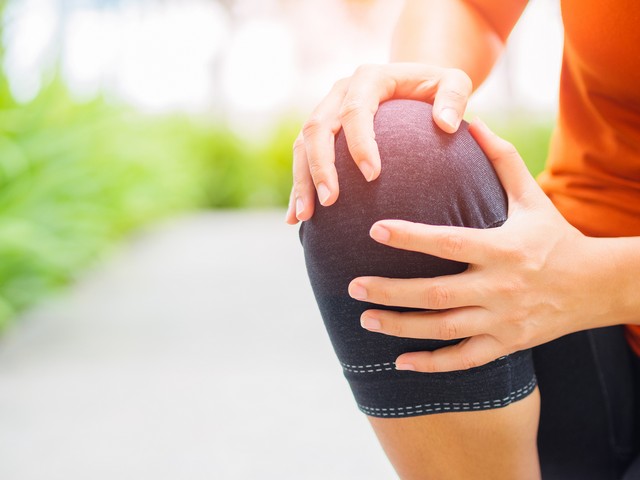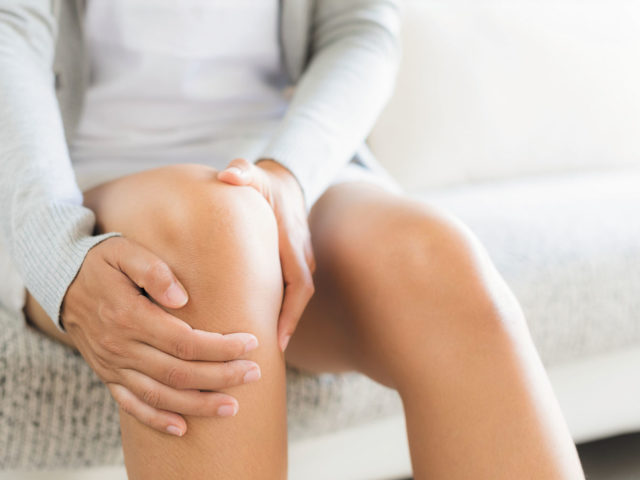What Causes Joint Pain?

Joint pain can be a debilitating and frustrating condition that affects millions of people worldwide. Whether it’s a mild discomfort or a sharp, persistent ache, understanding the underlying causes of joint pain is crucial for effective management and relief. In this comprehensive guide, we will delve into the basics of joint pain, exploring the various factors that contribute to this common ailment.
Unraveling the Complexity of Joint Pain
The Anatomy of Joints
To comprehend joint pain, it’s essential to first understand the intricate anatomy of our joints. Joints are the connections between bones, allowing for movement and flexibility. They consist of cartilage, synovial fluid, ligaments, and tendons, all working in harmony. When any of these components face issues, joint pain can manifest.
Common Culprits of Joint Pain
1. Osteoarthritis:
Osteoarthritis, the most prevalent form of arthritis, occurs when the protective cartilage on the ends of bones wears down over time. This can lead to pain, swelling, and decreased joint mobility.
2. Rheumatoid Arthritis:
An autoimmune disorder, rheumatoid arthritis causes the immune system to mistakenly attack the joints. This results in inflammation, pain, and potential joint damage.
3. Injuries and Trauma:
Accidents, sports injuries, or trauma can damage the structures within joints, causing pain and discomfort. This may include fractures, dislocations, or torn ligaments.
4. Inflammation:
Conditions like bursitis and tendinitis involve inflammation of the fluid-filled sacs (bursae) or tendons around joints, leading to pain during movement.
5. Infections:
Joint infections can occur due to bacteria, viruses, or fungi, causing swelling, pain, and potential damage to the joint.
Lifestyle Factors and Joint Health
Beyond medical conditions, certain lifestyle factors contribute to joint pain. Obesity, for instance, places excess strain on joints, particularly in weight-bearing areas like the knees and hips. Lack of physical activity, poor nutrition, and inadequate hydration also play roles in joint health.

Seeking Relief: Treatment and Prevention
Medical Interventions
Medical advancements have provided various treatment options for joint pain, depending on the underlying cause. These may include medications, physical therapy, injections, or, in severe cases, surgical interventions.
Holistic Approaches
In addition to conventional treatments, adopting a holistic approach can significantly impact joint health. Maintaining a healthy weight, engaging in regular exercise, and incorporating joint-friendly nutrients into your diet can contribute to prevention and relief.
Empowering Yourself with Knowledge
Understanding the basics of joint pain empowers individuals to take proactive measures to manage and prevent discomfort. Whether it’s through medical interventions, lifestyle adjustments, or a combination of both, there are myriad ways to address joint pain and improve overall joint health. Visit Coco’s Tea Party where you will find lots of great information and practical advice about joint pain.
In conclusion, joint pain is a multifaceted issue with various causes, ranging from medical conditions to lifestyle choices. By unraveling the complexity of joint pain and exploring both conventional and holistic approaches, individuals can pave the way to a healthier and more comfortable life.



